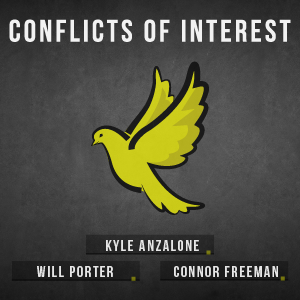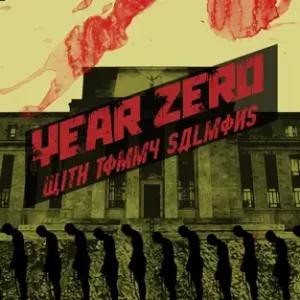In some quarters nuance is a vice, in others a crime.
Blog
The Antiwar Comic: The New Narrative
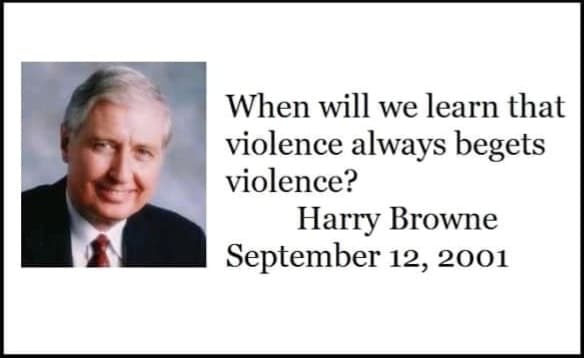
It is Not Enough Just to Be Correct…One Must Be Correct in the Critical Moment
I do not recall being afraid in March 2020.
Truth be told, I do remember being excited to stay home from work with my wife and our baby. (You see, as an attorney, remote work was a luxury afforded to me (but not others)).
Sure, on some level I knew something was off about the whole thing. But I wasn’t podcasting at the time. I had closed the show to focus on my career and my family.
Even though I was not afraid, I was silent in the critical moment.
So, on the two year anniversary of “two weeks to flatten the curve” I reflect back on what it means to be correct and when being correct is worth a damn.
In March 2022, it’s easy to say that lockdowns were a mistake and masks did nothing. Two years ago, expressing that same sentiment made you a literal murderer. That, however, was the critical moment.
Likewise today, expressing any point beyond “Putin bad” makes you something even worse than a Hitler apologist.
What does it mean to reject the War Party’s narrative on the Ukraine Crisis? What does it mean to do it today?
It could mean the difference between a populist antiwar movement and a 2003-style murder/suicide campaign. It could mean the difference between nuclear holocaust and deescalation. It could also mean being unjustly jailed for treason.
What would it mean to get the Ukraine Crisis correct after another world war? After the bombs fall? After millions are vaporized?
Not much.
We cannot afford to be correct a year—a month—a week—a day too late.
Now is the critical time. We must get the Ukraine Crisis right. We must call for peace and deescalation now.
Liberty cannot endure if mankind does not.
Synonyms Are Rarer than You Think
Understand is not a synonym for condone, much less for justify or excuse.

Summary of Oliver Stone’s “The Putin Interviews” w/ Keith Knight
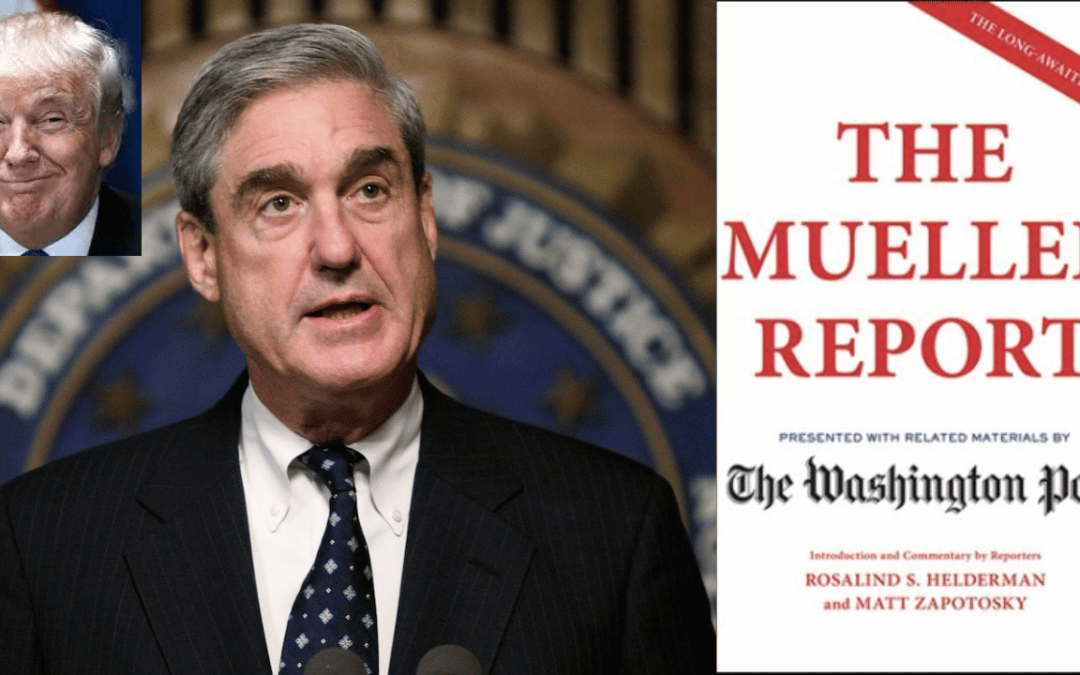
Scott Horton: Why the Debunked RussiaGate Hoax Still Matters
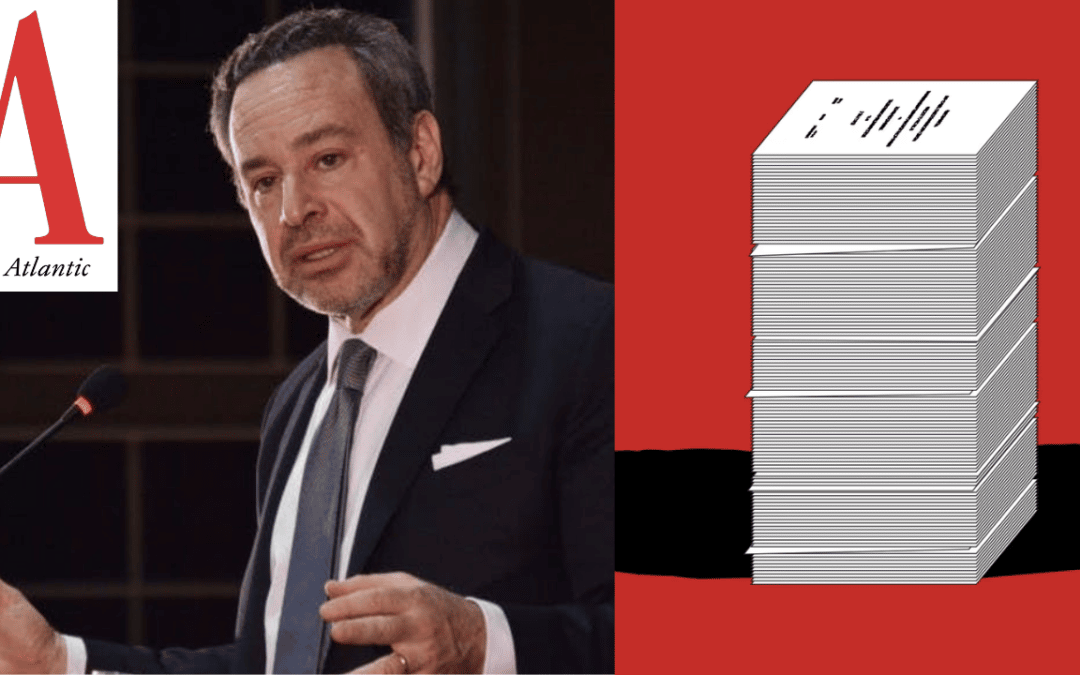
Scott Horton Debunks David Frum’s “RussiaGate” Lies
The Antiwar Comic: Real Fake News
Sorry for the late post. Website issues. Must be those dastardly Russians! Call Rachel Maddow!

More comics at The Webcomic Factory.

